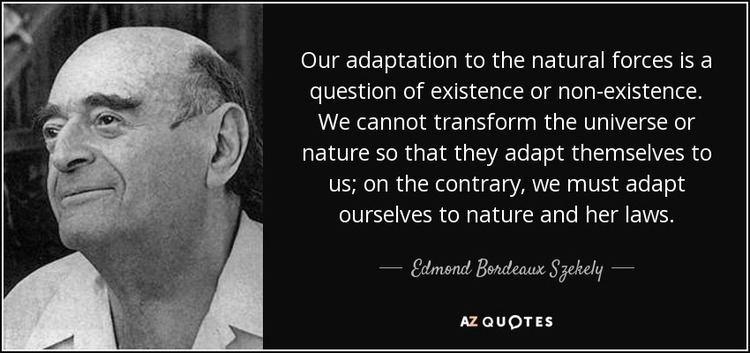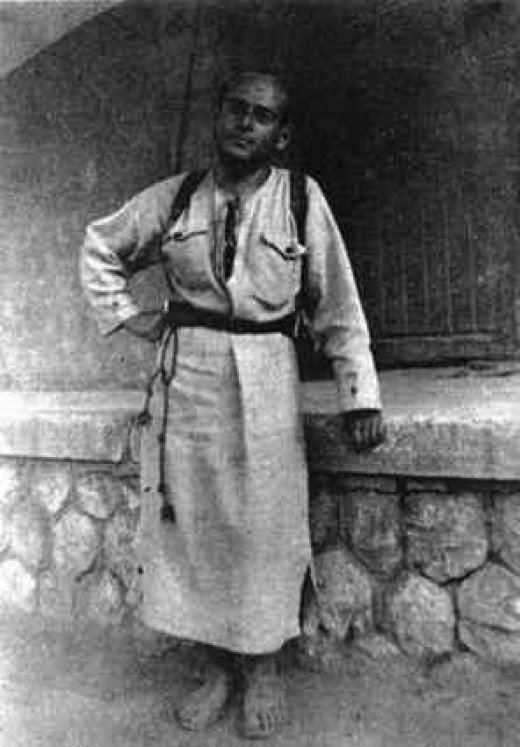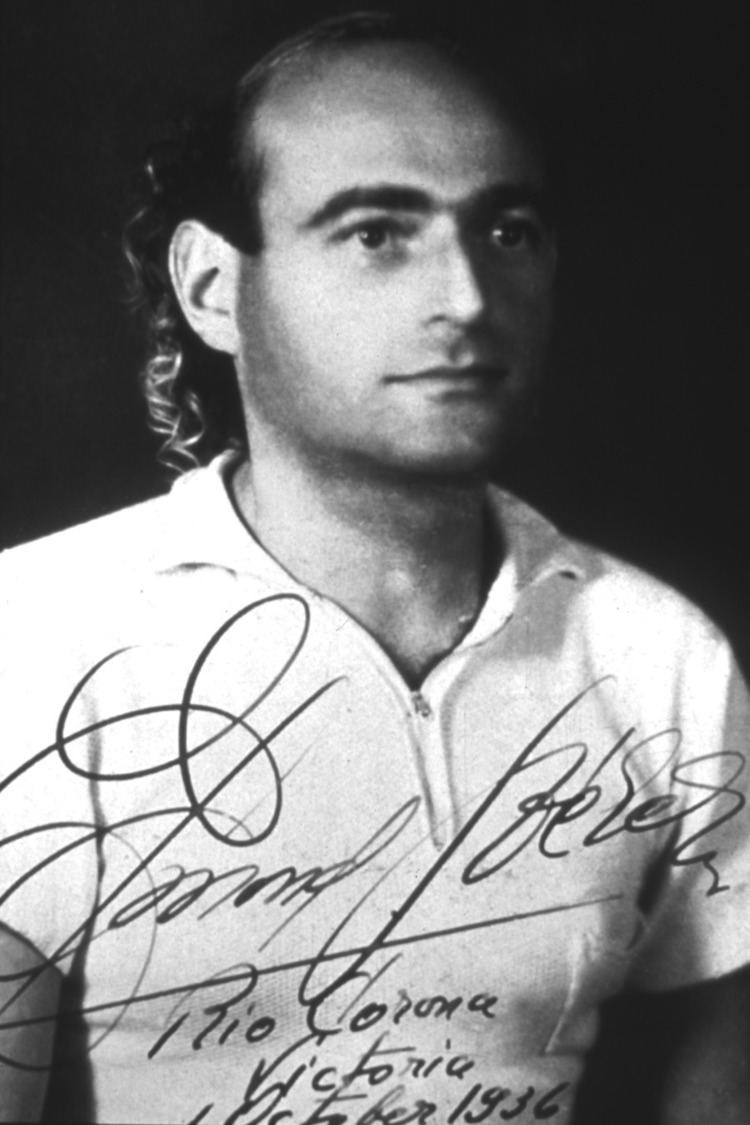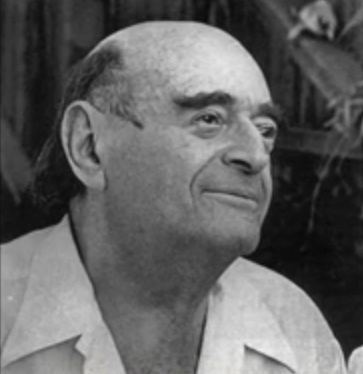Genre Religion Education University of Paris Died 1979, Orosi, Costa Rica | Role Philosopher Name Edmund Szekely Books Essene Way | |
 | ||
Born March 5, 1905Maramarossziget, Hungary, (now in Romania) ( 1905-03-05 ) Occupation Philologist/linguist, philosopher, psychologist | ||
Edmond Bordeaux Szekely (1905–1979) was a Hungarian philologist/linguist, philosopher, psychologist and natural living experimenter.
Contents

Life

Szekely's grandfather was Sándor Székely, poet and Unitarian Bishop of Kolozsvár; his mother was French and Roman Catholic, and his father was a Hungarian Unitarian. Per Szekely's book 'Essene Gospel of Peace', he was a descendant of Hungarian philologist and orientologist Sándor Kőrösi Csoma.

Per publications of the International Biogenic Society, including 'The Essene Gospel of Peace', Szekely received a Ph.D. from the University of Paris, and other degrees from the Vienna and Leipzig. He held professorships in philosophy and in experimental psychology at the Bolyai University in Kolozsvár (now Cluj, and now in Romania). His books were published in English, Romanian, Esperanto, German, French, Hungarian, and Spanish, per the introductory bibliography in his 1938 book 'Cosmotherapy, the Medicine of the Future'. Szekely claimed to have translated a text he discovered at the Vatican in 1923, called The Essene Gospel of Peace which he published in four parts over several decades. With the 1974 edition, he also included what he said was the complete original Hebrew text from which he translated Book 1.

In 1928 Szekely founded the International Biogenic Society, with Nobel Prize-winning novelist Romain Rolland Szekely travelled widely, to Tahiti, Africa, the Carpathians, France, and Eastern Europe. L Purcell Weaver met Szekely in Tahiti in 1934 and attributed his improved health to him. Weaver went on to translate several of Szekely's works, beginning with the 1936 book "Cosmos, Man and Society: A Paneubiotic Synthesis".

In 1939, Szekely married Brooklyn-born Deborah Shainman, whose mother was a past vice-president of the New York Vegetarian Society. In 1940 the couple opened a camp in Tecate, Baja California, Mexico, which they named Rancho la Puerta, where they could explore and test their ideas. The couple had two children, Alexander and Sarah Livia. Edmond Szekely continued his research, writing numerous books and conducting seminars all over the world.

In 1970, Szekely and his wife divorced and Edmond retired from Rancho La Puerta. Szekely married Norma Nilsson, a long-time assistant, and focused on his writing and teaching. He died in 1979.
The Essene Gospel of John

Szekely claimed that, while studying at the Vatican in 1923, he had found and translated several obscure Hebrew and Aramaic texts which he said proved the Essenes were vegetarians, and that vegetarianism was prescribed by Jesus.
Szekely claimed to have found an Aramaic translation of The Essene Gospel of Peace and The Essene Book of Revelation at the Vatican library. In the scriptorium of the Benedictine monastery of Monte Cassino he claimed to have found the original Hebrew text of The Essene Gospel of Peace. His findings, as did the writings of Romain Rolland, often challenged the assumptions of conventional religious adherents and politicized, established religious institutions about the life and teachings of Jesus, and he was therefore often criticized by them.
Szekely later said that he recognized several fragments in these that were either similar, or identical, to various passages from the Old and New Testaments, the Dead Sea Scrolls, and the Avesta and thus he relied on available English editions of those works to produce the style of language used in his translations. Book 1, which he said constituted an eighth of the material, was published in 1936. He published more material in following years, including Books 2 and 3 in 1974, which with Book 1, he said, make up a third of the material. With the 1974 edition, he also included what he said was the complete original Hebrew text from which he translated Book 1. While Szekely's claimed translations of the so-called "Essene Texts" have drawn interest from followers of various faiths, the original manuscripts have never been located, and have been considered forgeries by some modern religious scholars.
When University of Lund theologian Per Beskow investigated Szekely's claims in Strange Tales About Jesus, both the Vatican and the National Library of Vienna denied that the original manuscripts existed. The Vatican also denied that Szekely had ever been admitted to the Vatican Archives in 1923. The third claimed manuscript source was the library at Monte Cassino, which was destroyed during World War II.
Some critics have pointed out that Szekely, after originally publishing a French translation, first published it in English in 1937 as The gospel of peace of Jesus Christ by the disciple John. After the discovery of the Dead Sea Scrolls in the 1940s and intense public interest in the Essenes, Szekely republished an updated version as The Essene Gospel of John. The scrolls appearing on the title page of later editions are not the manuscripts Szekely claimed to translate, but a reversed image of a Dead Sea Scroll from Professor Millar Burrows The Dead Sea Scrolls, published in 1958.
Credo
The credo of the International Biogenic Society states the following:
Biogenic living
Szekely classified foods into four categories, depending on their qualities and what they contributed to one's health:
The daily diet should consist of 25% biogenic foods, 50% bioactive foods, and 25% biostatic. No biocidic foods should be consumed.
Biogenic living also includes meditation, simple living, and respect for the earth in all its forms.
Rancho la Puerta
In 1940, Szekely and his wife opened a camp they named Rancho la Puerta in Baja California. The camp had one adobe hut and the Szekelys started an organic garden, bought goats and began marketing cheese, and invited like-minded people to visit for $17.50 a week. Guests (who chopped wood, milked goats, and brought their own tents) listened to Szekely's lectures on achieving good health, long life, and the interdependence of mind, body and spirit. Szekely spoke against herbicides, pesticides, artificial fertilizers, the increasing use of food processing, and the dangers of cigarettes. He emphasized the threat of pollution and the need for pure air and pure water, recommendations for safe sunbathing, and the dangers of cholesterol and fats in the American diet.
As the spa increased in size in the early 1950s and began to operate year-round, visitors of another sort were attracted by the weight-loss potential of Rancho la Puerta's vegetarian diet. Szekely and his wife began searching for and hiring specialists in yoga and other mind/body exercise regimens, adding a fitness aspect to their offerings.
Today, Rancho La Puerta is a 3,000-acre (12 km2) holistic health spa and eco-resort with a staff of nearly 400, owned and operated by the Szekely family. The spa is situated on the slopes of Mount Kuchumaa. The spa includes, among other things, a full-size replica of the labyrinth of the Cathedral of Chartres, 32 acres (130,000 m2) of gardens, a 5-acre (20,000 m2) organic garden, 87 rooms, eleven gyms, a library, and the Szekely Art Collection—sculpture, painting, glass, and other work primarily by Mexican and South American artists.
